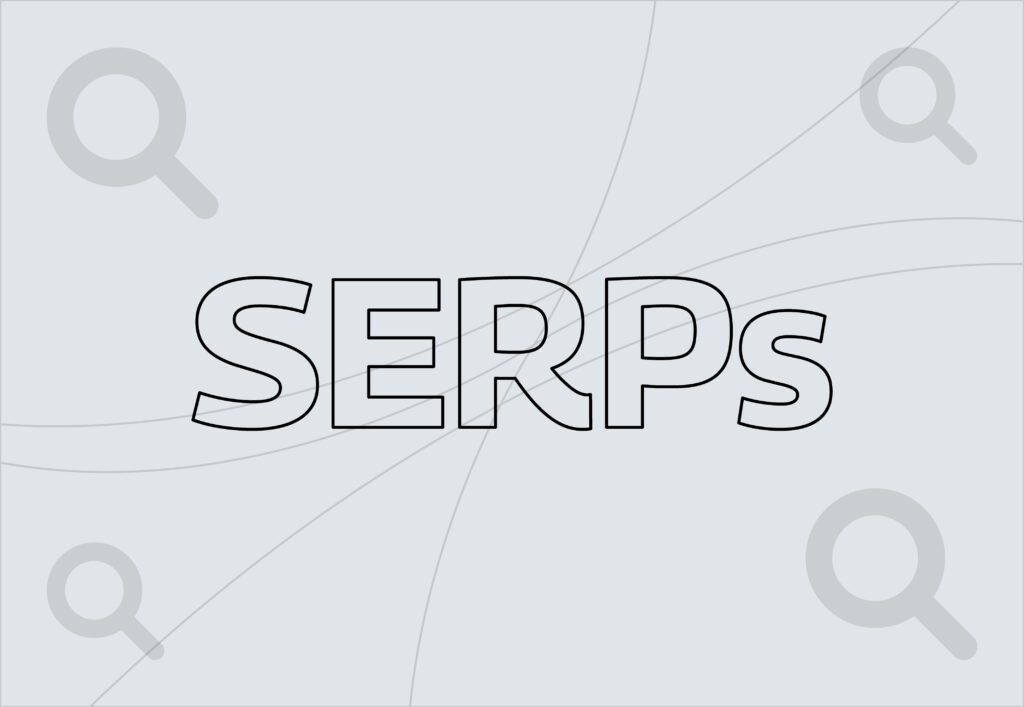
The Biggest Changes We Saw On Google Ads In 2020

Without sounding like every blog in December, but 2020 has been anything but ordinary. Everybody has been impacted by the Covid-19 pandemic one way or another, and Google is no exception. They had to make huge changes to how Google Ads operated in order to combat the consequences of the virus. We will be looking at some of the biggest changes to Google Ads in 2020 and the impact that it had on advertisers worldwide.
A Downsized And Restricted Search Term Report
In September, Google shook the advertising world when they announced that they would be showing fewer search queries in their search term reports, to the disappointment of many.
Recent reports show that these revised reports are omitting an average of 37 percent of the users search term data. The result of this change is that many advertisers found it difficult to optimise their campaigns effectively with such a huge portion of valuable data missing.
This change saw a lot of companies begin to use Microsoft Ads in conjunction with Google Ads as Microsoft Ads provide the same information as Google but Microsoft have not shown any signs that they plan to hide search query data. So by using the queries found in Microsoft and adding them as negative and positive keywords in Google, it’s currently the best solution available, but this change came as a huge shock to even the most talented advertisers across the globe.
Free Listing Brought Back To Google Shopping
Back in April at the peak of the pandemic, Google gave a massive helping hand to e-commerce companies worldwide by announcing that it would be bringing back free listings to Google Shopping.
Using the reporting tool in Google Merchant Centre, you are able to see how many clicks came from the free listings. However, more comprehensive tracking is available through Google Analytics by adding custom UTM parameters to measure traffic on “Surfaces across Google.”
Automation Became Inevitable
In 2020, it seemed like every facet of Google Ads has begun to take advantage of Google’s machine learning, these include:
- Responsive Search Ads became a big part of any successful campaign in 2020 as Google seemed to push the importance of these ad variants more than ever. RSA requires as many as 15 unique headlines and a maximum of five descriptions. Google then optimises the performance of the ads by trialling different combinations of the provided headlines and descriptions.
- Responsive Display Ads saw a similar rise in popularity over the past 12 months as RSA. The main reason we believe they saw huge success was down to the convenience of the ad type; as users upload images and logos in 1.91:1 and 1:1 aspect ratio respectively. Google then dynamically resizes and creates ads using different combinations of these images, optimising for the best performance.
Now that may sound ideal, but a lot of advertisers have issues with these as they offer minimal reporting. Google does provide impressions for each element within the ad, but does not provide click or conversion data. This makes it impossible to make any data-driven changes to the ads as we have no idea of which images are performing well.
Similarly, advertisers can view impressions and the percentages for the top combinations, which only tell us the frequency that certain elements are displayed together. There is a workaround for you to get a better understanding of your click-through and conversion metrics in which you create new expanded text ads using your top combinations and compare the results to the RSA.


